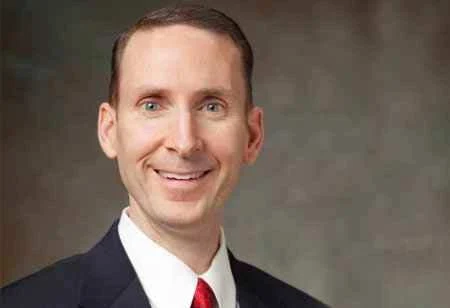Thank you for Subscribing to Healthcare Business Review Weekly Brief

Integrated Health Care Delivery Systems
Healthcare Business Review
Q1.Given your experience as the CIO of a leading healthcare establishment, what are the technological trends and challenges that you’ve witnessed happening in healthcare?
We have seen a move away from best of breed choices to selection of sully-integrated solutions. I think that this shift is both informed by and respectful of the idea that technology should not be the focus of healthcare – it should be a tool that enables great care. We expect that technology enhances care delivery, but we don’t want it to interfere in the process. That means that we don’t expect doctors and nurses to know eight passwords and navigate among many different clinical applications. Healthcare IT leaders are beginning to recognize that having a fully integrated solution that is a “B+” in many different areas, is far better than having ten different clinical systems that are an “A,” individually.
Q2. Your posts -‘Telemedicine is now Medicine’ and ‘Investing in the Future of Medicine’ were interesting to read, could you briefly summarize your insights from these two pieces for our readers?
The future of medicine is virtual. At NewYork- Presbyterian, that means leveraging the people, tools, and infrastructure we have today to provide the best care to patients, anytime, and anywhere. To make that happen, we are investing in tools and processes that allow the world-class physicians of Weill Cornell Medicine and Columbia Doctors to treat patients as efficiently as possible. That begins with national second opinions online, asynchronously; within 24 hours and the ability for physicians to have office visits with their patients wherever the two happen to be. For emergency medicine, it means sending NYP’s Mobile Stroke Unit and its onboard MRI directly to patients with stroke symptoms so they can be diagnosed and treated immediately. It also means providing video visits for patients in our Emergency Departments and from their homes, and virtual consults with specialists to speed their emergency care. In every way, we seek to leverage technology not as a tool in itself, but as the medium that allows our physicians to extend care to the patient in the appropriate setting.
We believe patient data is theirs to own and we are merely stewards of that data
Q4.Security has become a prime concern for all enterprises alike, especially healthcare. Given this, what is your take on how to effectively address Digital/IT concerns?
Information security is a global concern and the risks it presents in healthcare are significant. We believe patient data is theirs to own and we are merely stewards of that data. Our patients trust us both to keep their data safe, but to share it when appropriate to speed their care. To make this happen, we invest significant resources to create barriers and processes to ensure that patient data is safe at all times. I see blockchain as a key tool for future sharing of patient data in a known, predictable, auditable way. For now, however, we have invested in a large team of professional information security experts, industry tools, and a security operations center to monitor and control access to patient data.
Q5.Could you elaborate on some interesting and impactful projects/ initiatives that you’re currently overseeing? What might make them unique?
We know that artificial intelligence will be a game-changer across all industries that use highly skilled workers. The next 5-10 years of artificial intelligence will not lead to wholesale job replacement, but it will likely involve increasingly active guidance from machines where they see opportunities for efficiency or safety. Vinod Khosla has commented that AI will not replace 80 percent of physicians, but it will replace 80 percent of the tasks physicians do. In many ways, this is a good thing. If AI can find and chart lab result trends, plot blood flow curves on imaging studies, compile family medical histories, and do other routine tasks that otherwise take physician time, our doctors will be free to focus more on using that information to care for and communicate with patients.









